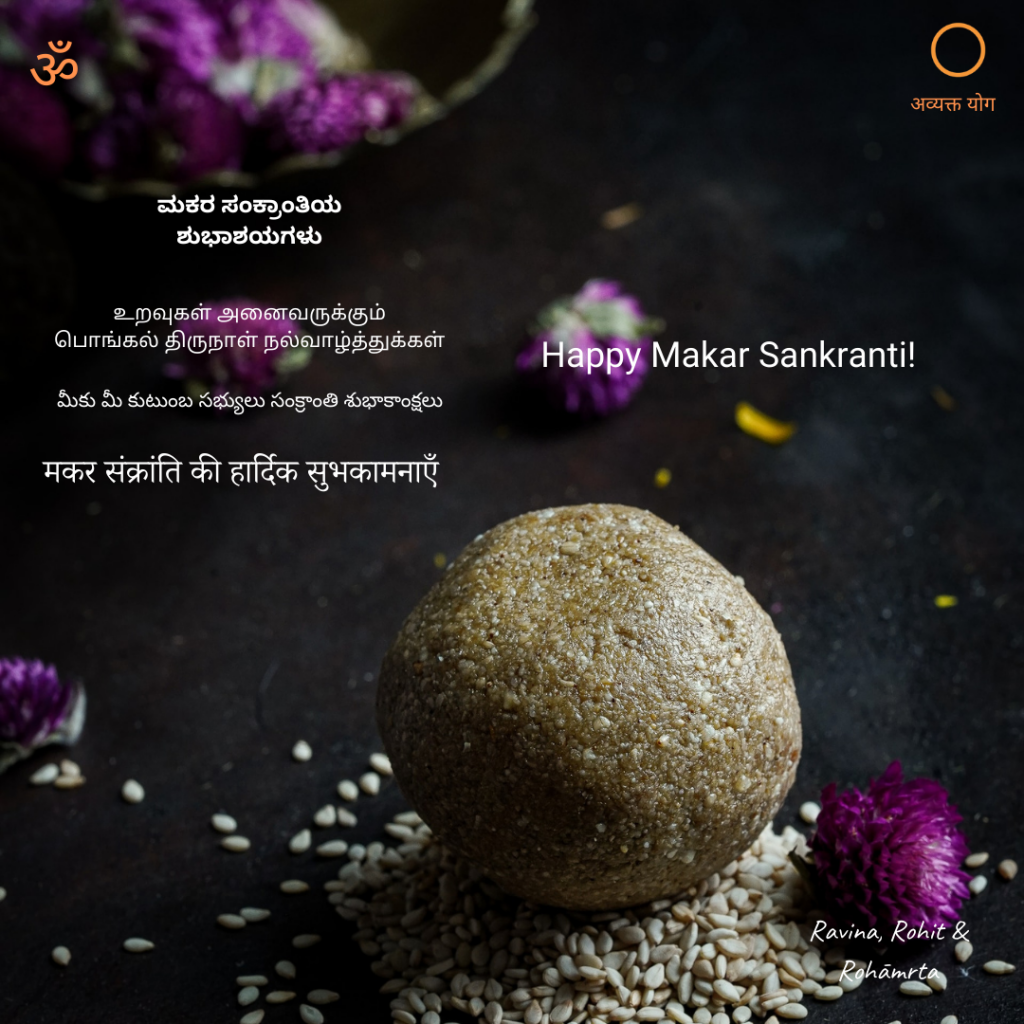The earth is tilted on it’s axis, and this is what gives rise to the seasons. This is the reason why we do not receive an equal amount of sunlight through the year. The sun “transits” between hemispheres – around the 16th of July it moves towards the southern hemisphere, and around the 14th of January, it moves northwards.
Bharat is in the Northern hemisphere, and so this transition was always seen as important to us. So much so, that thousands of years ago, when the West was in the dark ages, rishis in Bharat had calculated these transitions and marked the specific days of transition. The journey of the sun northwards, is called Uttarāyaṇa (Uttara – north and Aayana – movement) and southwards is called Dakshinayana).
The day when it begins this transition is celebrated as Makara Sankrānti.

In Sanatana Dharma, there exists the concept of Adhibhautika, adhidaivika and ādhyātmika.
Adhibhautika means pertaining to the bhuta or living beings (materialistic).
Adhidaivika means pertaining to the daiva or fate, unseen forces and gods (Spiritual).
Ādhyātmika means pertaining to the ātma or the body (philosophical).
Every concept in Sanātana can be interpreted through these three lenses.
Makara (मकर) is a mythological sea-creature that is seen as the vāhana of Ganga and Sri Varuna. It symbolizes transition.
Surya (the Sun) is seen as a source of energy, and hence highly revered as the source of all life.
In sanātana, what is on the inside (āatman or individual consciousness) is a reflection or subset of what is outside (brahman or universal consciousness). Just as the sun transitions northwards, so does the energy within the body begin to rise during this period. Hence it is considered to be a good time to start something new, given that you will have more energy and commitment to infuse into it.
Here is wishing you a very happy Makara Sankrānti…may what you begin today be successful!
